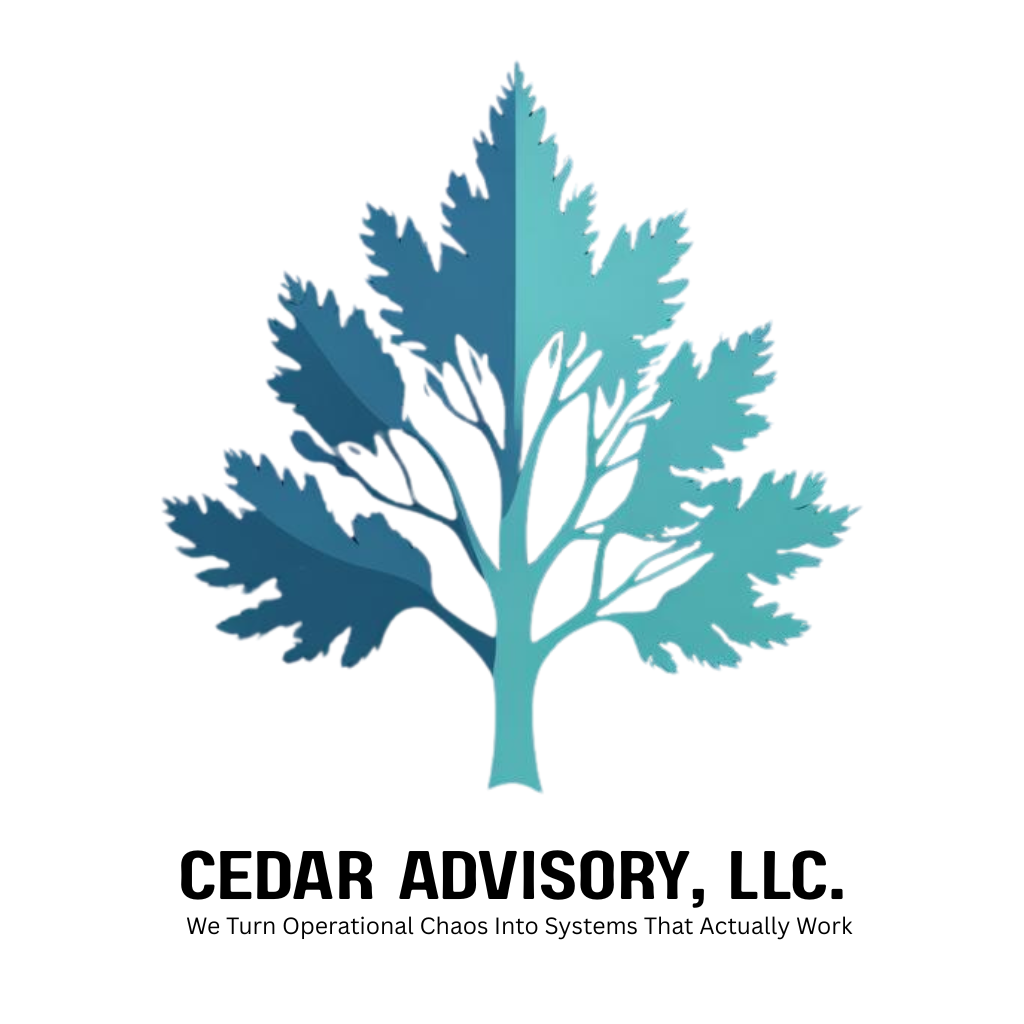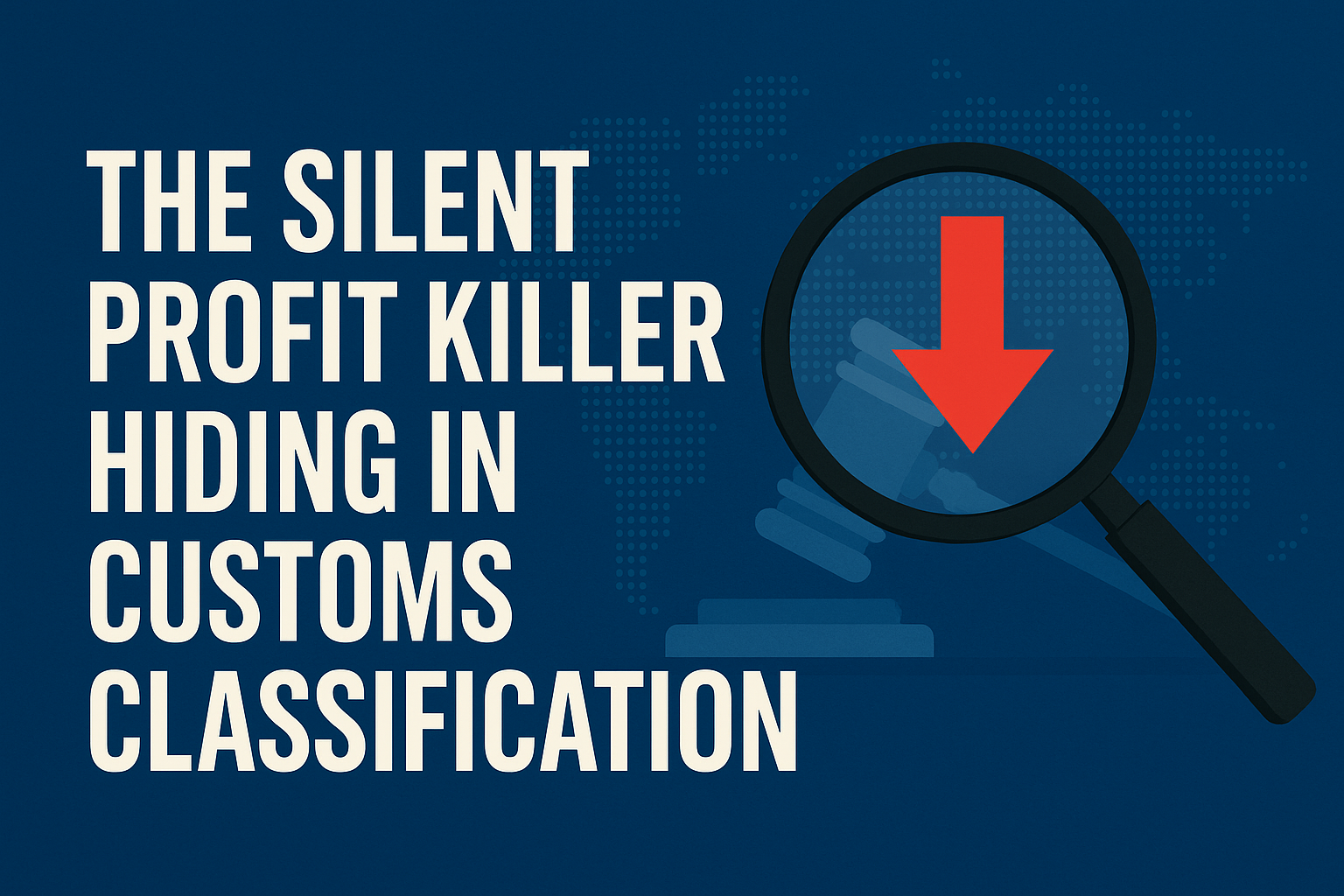A director at a major consumer goods company approved a production line change during a quick hallway conversation. No documentation. No ownership assignment. No follow-up protocol. That 14-minute conversation created a quality defect that contaminated 180,000 units, triggered a nationwide recall, and cost $2.3 million to resolve. The real tragedy? This disaster was completely predictable.
This wasn’t a complex supply chain failure or sophisticated technology breakdown—it was pure accountability collapse during rapid growth. When companies scale from 10 to 50 employees, then 50 to 200+, informal “everyone owns everything” culture hits a mathematical wall. Communication complexity increases quadratically, role boundaries blur, and the accountability gaps that emerge create predictable operational disasters.
The financial cost is staggering: employee accountability gaps during scaling cost organizations $8.9 trillion globally—equivalent to 9% of global GDP. Individual disengaged employees cost 18-34% of their annual salary, while 50-70% of operational projects fail during critical growth transitions without deliberate accountability intervention.
The Brutal Mathematics of Accountability Collapse
Global cost calculations demonstrate the massive scale of accountability failures. Gallup’s 2024 State of the Global Workplace study of 8+ million respondents reveals employee disengagement costs $8.9 trillion annually worldwide—$1 billion per hour globally in lost productivity, with only 23% of employees engaged in their work.
The per-employee impact varies but consistently shows substantial costs. Disengaged employees cost 18-34% of their annual salary. For a typical employee earning $55,000 annually, this translates to $10,000-$18,700 in annual lost value when accountability breaks down.
During scaling periods, these costs compound exponentially. McKinsey’s Organizational Health Index shows that healthy organizations with strong accountability deliver 3x the total shareholder returns of unhealthy organizations, with companies improving organizational health seeing 18% increases in EBITDA after one year.
The operational reality is even more severe. Research finds that 20-30% of revenue is lost annually due to operational inefficiencies that emerge when accountability systems fail to scale with growth. Workplace stress from inefficient environments and unclear accountability costs the U.S. economy $500 billion annually.
The Three Predictable Patterns That Destroy Operations
Research reveals that accountability gaps create three distinct failure patterns that cascade into operational disasters. These patterns follow predictable sequences that CEOs and operations leaders can anticipate and prevent.
Pattern 1: Process Exception Normalization begins when leadership makes informal exceptions under pressure during rapid growth. A documented case study from Birdie Construction illustrates this perfectly. When their COO made an impromptu decision that “schedule is not important,” this single informal exception cascaded into 10 projects starting without completion schedules, all projects falling behind, and company-wide confusion about actual policies versus informal processes.
Pattern 2: “Not My Job” Mentality Spread emerges when role boundaries become unclear during scaling. Research shows that 90% of software features fail to deliver expected value when employees focus on task completion rather than outcome ownership. This pattern creates system-level failures as gaps between roles remain unfilled, leading to coordination breakdowns that compound during growth.
Pattern 3: Accountability Audience Confusion occurs when multiple stakeholders create competing priorities. Only 36% of managers have the authority needed to accomplish strategic goals, creating decision paralysis and conflicting priorities that worsen during rapid expansion.
These patterns have led to documented operational disasters with massive financial consequences. Boeing’s 737 Max crisis exemplifies how accountability gaps between engineering oversight and management pressure created systemic failures costing $20+ billion and 346 lives. The Volkswagen emissions scandal demonstrated how supply chain accountability gaps cost $33 billion in fines and settlements, requiring 500,000 vehicle buybacks in the U.S. alone.
Why Communication Collapse Triggers Accountability Failure
Stanford research identifies communication breakdown as the primary driver of accountability failures during scaling. As teams grow, communication complexity increases quadratically per Brooks’ Law, making coordinated accountability exponentially harder. Companies report that communication “would’ve happened when smaller” simply fails to occur, creating accountability voids where critical handoffs fail.
The 10-50 employee transition represents the highest-risk phase for accountability system failure. During this phase, companies must transition from informal “everyone does everything” mentality to formal accountability structures, but role clarity becomes increasingly critical while paradoxically becoming harder to maintain. Nearly 50% of employees across all sectors lack role clarity, with the problem acute in rapidly growing companies.
McKinsey research identifies optimal managerial spans of control that commonly break down during growth: 3-8 direct reports at senior levels and 10-30 at operational levels. Companies experiencing 2-3x annual growth often see spans expand beyond effective limits, creating accountability dilution where individual ownership becomes impossible to maintain. Google’s early experience demonstrates this—when Larry Page eliminated managers and had 100 engineers reporting to one executive, accountability collapsed immediately.
The 50-200 employee phase creates different challenges, primarily around middle management layer creation and communication chain breakdown. This phase shows the highest rate of “organizational readiness” failures, as companies struggle to maintain accountability while adding management complexity.
The Extreme Ownership Solution That Actually Works
Jocko Willink’s Extreme Ownership principles, implemented through systematic frameworks, provide proven methods for preventing accountability gaps. The 11-principle system has been successfully applied across Fortune 500 companies, with documented case studies showing measurable performance improvements.
Blount Contracting’s implementation demonstrates the power of extreme ownership in operational environments. When facing safety crises, leadership took complete ownership rather than blaming workers, shut down operations to collectively solve problems, and empowered field crews to develop solutions while maintaining framework ownership. Results included eliminating recurring safety incidents and transforming failing projects into 10% profit margins.
The research reveals critical distinctions between micromanagement and effective accountability systems. Micromanagement focuses on controlling processes through hands-on involvement and fear-based assumptions, resulting in decreased innovation and employee disengagement. Effective accountability systems emphasize outcomes over methods, use “trust but verify” approaches, provide clear expectations with regular but non-intrusive reviews, and focus on results rather than activities.
Technology companies demonstrate successful scaling through ownership culture. Netflix’s “Culture of Freedom and Responsibility,” Google’s OKR system combined with psychological safety, and Amazon’s 16 Leadership Principles emphasizing ownership have enabled these companies to maintain accountability while achieving massive scale. Netflix achieved 15%+ annual growth with 240M+ subscribers, while Amazon reached $500B+ revenue with market leadership across sectors.
Real-World Success Stories That Prove the Model
Ramsay Health Care’s implementation across 530+ facilities and 77,000 employees globally provides the most comprehensive accountability success story available. Their Promoting Professional Accountability programme, using evidence-based frameworks for behavior identification and peer-to-peer accountability models, achieved the first-ever 12-month period with zero sentinel events (2019-2020) and consistently improved clinical indicators over six years since 2016 implementation.
Toyota’s Production System remains the gold standard for operational accountability in manufacturing. The system’s “respect for people” principle, combined with jidoka (stopping production when problems arise) and front-line worker empowerment for quality decisions, has delivered 50-90% reduction in defects and 30-50% inventory reduction across adopting companies globally.
Early Warning Systems That Prevent Disasters
Research identifies specific metrics for measuring accountability health before gaps become operational disasters. The National Center for Employee Ownership assessment tools categorize employees as cynics, skeptics, neutral, high potential, or champions, providing benchmarking against national databases for targeted interventions.
McKinsey’s “Detect-Forecast-Decide-Act” framework offers systematic early warning systems with AI-powered anomaly identification achieving false positive rates under 15% in aerospace implementations. Key early warning indicators include financial metrics (supplier liquidity, credit ratings), operational metrics (lead time extensions, quality deviations), environmental factors (geopolitical events, regulatory changes), and behavioral signals (staff turnover, communication gaps).
Partners in Leadership research of 40,000+ participants reveals the core accountability measurement gaps: 80% see accountability as consequential and after-the-fact, 70% cite lack of clarity around key results, 93% are unable to align work to organizational goals, and 84% cite leadership behavior as the most important factor in accountability culture.
Your 90-Day Implementation Roadmap
The research supports a phased implementation approach that addresses the specific challenges of each growth stage. Phase 1 (months 1-2) focuses on assessment through culture surveys, accountability structure mapping, gap identification, and baseline metric establishment. Phase 2 (months 3-4) develops frameworks suited to company context, creates early warning systems, develops training curricula, and establishes measurement protocols.
For companies in the 10-50 employee phase, implementation should focus on formal accountability charts before role confusion sets in, clear communication protocols while maintaining startup agility, and ownership-based incentive structures established early. Companies in the 50-200 employee phase should optimize span of control ratios based on role complexity, implement cross-functional process accountability systems, and invest heavily in middle management development and accountability training.
Phase 3 pilot implementation (months 5-8) should start with high-impact, low-risk departments, implementing training programs and measurement tools while refining based on initial results. Phase 4 scaling (months 9-12+) involves organization-wide rollout with continuous monitoring, regular culture assessment, and leadership development integration.
The ROI That Justifies Every Dollar Invested
The financial return on accountability culture investment is substantial and measurable. Employee wellness and engagement programs generate $1.50-$4.00 return for every dollar spent. Companies with engaged employees show 23% higher profitability versus disengaged counterparts.
Employee ownership creates measurable performance advantages. Companies with employee ownership demonstrate 4-5% productivity increases, 76% survival rates during economic downturns (24% higher than average), and voluntary quit rates at one-third of national averages.
Organizations emphasizing common purpose are 2.4x more likely to set clear direction effectively, while employee empowerment initiatives show 85% improvement in decision quality. Skills-based talent mobility reduces burnout by 27% and turnover intentions by 47%, directly addressing the accountability challenges that emerge during scaling.
Don’t Let Your Growth Success Become Your Operational Downfall
The research conclusively demonstrates that accountability gaps during scaling represent quantifiable financial risks and operational vulnerabilities that follow predictable patterns. The $8.9 trillion global cost of disengagement, combined with 50-70% project failure rates during scaling, makes accountability system design a critical business imperative rather than a cultural preference.
Companies that recognize accountability doesn’t scale automatically—but requires intentional organizational design—significantly outperform those that let accountability drift. The evidence shows clear causal links between systematic accountability frameworks, operational performance, and financial results, with proven methodologies available for implementation across industries and growth stages.
The choice is stark: design accountability systems before growth pressure demands them, or attempt to build ownership culture while managing the crisis of operational breakdown. Every day you delay implementation, accountability gaps widen, costs compound, and the eventual intervention becomes more expensive and disruptive.
Is your scaling company showing early warning signs of accountability drift—missed deadlines, finger-pointing, or “that’s not my job” attitudes creeping into daily operations? Don’t wait for the $2.3 million mistake to force action.
Cedar Advisory helps growth-stage companies build extreme ownership cultures that turn scaling challenges into competitive advantages. Our Accountability Readiness Assessment identifies the specific gaps threatening your operations and creates implementation roadmaps designed for your growth stage and industry dynamics.
Schedule your Strategic Accountability Consultation today and discover how operational accountability can become your most powerful scaling advantage—before accountability gaps break what you’ve built.






